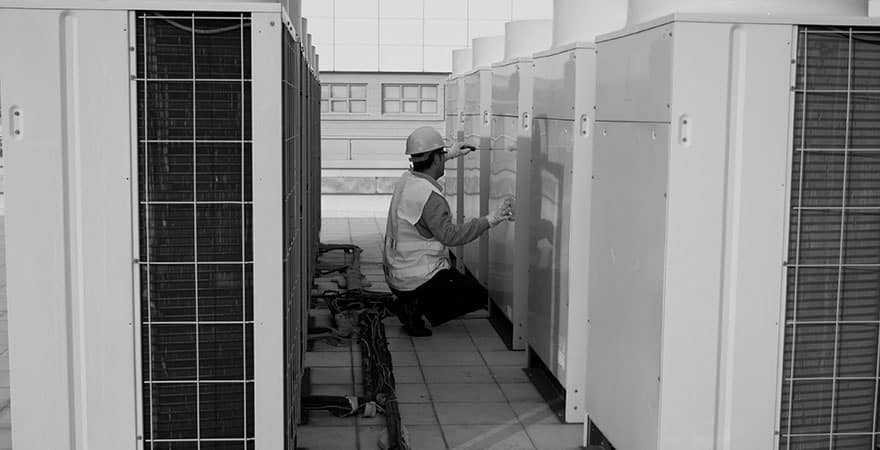History of Air Conditioning & Heating
Regardless of the weather in your state or hometown; heating, ventilation and air conditioning; more commonly known as the HVAC systems, have become an integral part of our homes.
For those of you who don’t appreciate the modern day HVAC systems, you first need to understand with it is and what it does for you.
What is an HVAC System?
In simple terms, an HVAC system keeps your home cool during the summers and warm during the sometimes unbearable winters, making our lives comfortable.
It also plays an important part in our safety and the safety of our family members, health wise. Let me explain how so!
The system has an inbuilt filtration system that keeps the air clean of any contamination. The efficiency of the filtration system however, mostly depends on the type and quality of the filter installed in the system. While most filters do lower the amount of dust particles circulating in the air, higher quality filters also help in reducing and eliminating bacteria, odors and allergens; making the air safe to breathe.
These systems also limit the humidity inside your homes to comfortable and bearable levels providing optimal living conditions.
But I am sure you didn’t come here to learn what HVACs do and are more interested in its air conditioner and heating history. So, today I am going to share the history of HVAC systems with you without getting into too much of its technical nitty-gritties.
Let’s begin.
Early Influences
When we look back at Air Conditioner history, like most modern things, the HVAC systems are also influenced from ancient Rome. They were one of the first civilizations to develop and use the air duct system called hypocaust. The system was used to heat saunas and bathhouses until the Chinese adapted the system.
The infamous Han Dynasty understood how the vents could also be used to keep a structure cool. Once they invented the rotary fan, they took full advantage of it. A few interconnected fans at one end could keep the entire structure flowing with cool air, albeit manually.
Let’s jump a thousand years in history to France, where they adapted the Han Dynasty’s ventilation cooling system and swapped the old type of fans with ones that had blades. But instead of using these systems for homes, the French used it for redirecting fresh air into the minefields through the shaft. This lead to the Europeans and eventually Americans adapting chimneys.
A couple of hundred years later mankind was introduced to brick stoves, mercury thermometers and centrifugal fans. This was the era of inventions that changed our lifestyle for good.
Benjamin Franklin later on unveiled his stove design which was the first ever steam heating system. Gradually, we were introduced to latent heat by Joseph Black which changed the perception of temperature and heat. James Watt then developed a steam engine. England started to use stove furnace for heating different sized structures.
Heat was officially recognized as a means of energy. Water heating systems become commonly used and stove furnace evolved into a proper furnace system. All these developments and feats lead to the air vent systems, for supplying and exhausting, being powered through steam engines.
Development of HVAC
Move a little in time and we arrive at the 1900s, the era that saw the true evolution of modern day HVAC systems.
By this time the furnace systems became advanced with incorporation of centrifugal fans. High pressure steam powered heating systems became a norm and high powered fans become a commonly used appliance.
During this time a company rose to dominance its dehumidifying coil based fan system and air conditioning with spray system. This company was called Buffalo Forge. Industrial air conditioning systems were also developed during the 1900s.
This was all thanks to the efforts of Willis Carrier, an engineer who started experimenting with humidity control to solve a problem for a printing plant. His experiments were based on the mechanics of refrigeration systems. His model was the basis of most air cooling systems during the time. His efforts also earned him the title of Father of Air Conditioning.
Time went by, we got smarter and as the need for heating and cooling homes and large structures grew, new methodologies were introduced and implemented to produce the HVAC system we know and use today.

